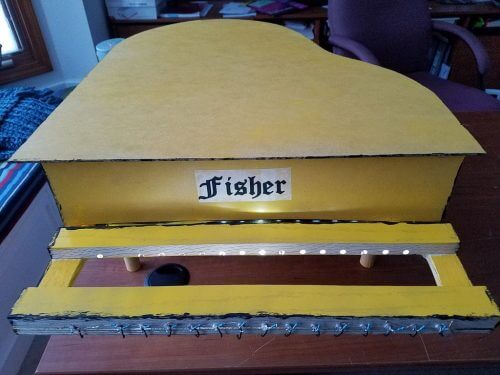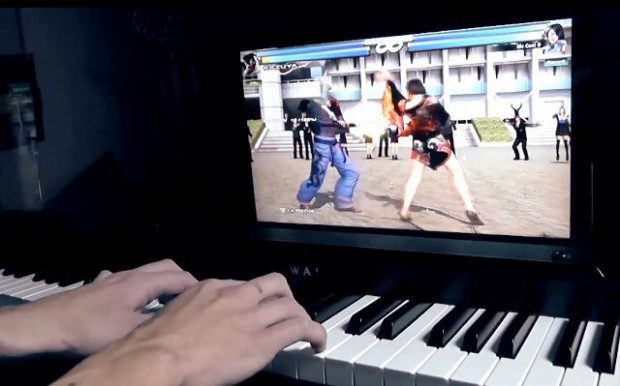Schlagwort: piano
-

The Arduipiano is an Arduino-powered floor piano that lets you play music with your feet
Reading Time: 2 minutesArduino Team — April 5th, 2022 The typical piano consists of an array of keys that, when struck by a finger, cause a note to play either from a digital circuit or a vibrating string. But to change this design up a bit and introduce some additional fun, a team of students…
-

Rousseau-inspired Raspberry Pi Zero LED piano visualiser
Reading Time: 2 minutesUnlock your inner Rousseau with this gorgeous Raspberry Pi Zero LED piano visualiser. Piano LED Visualizer Inspired by Rousseau videos I tried to build my own Piano Visualizer. It is made with Raspberry Pi and WS2812B LED strip. Screen and buttons: Waveshare LCD TFT 1,44” 128x128px. Pianist Rousseau Fans of the popular YouTube…
-

The Fisher Piano: make music in the air
Reading Time: 2 minutesPiano keys are so limiting! Why not swap them out for LEDs and the wealth of instruments in Pygame to build air keys, as demonstrated by Instructables maker 2fishy? Raspberry Pi LED Light Schroeder Piano – Twinkle Little Star Raspberry Pi LED Light Schroeder Piano – Twinkle Little Star Keys? Where we’re…
-





